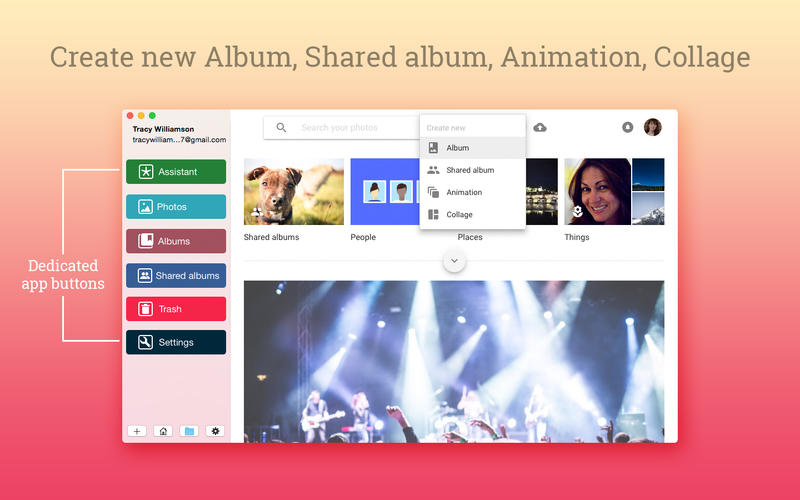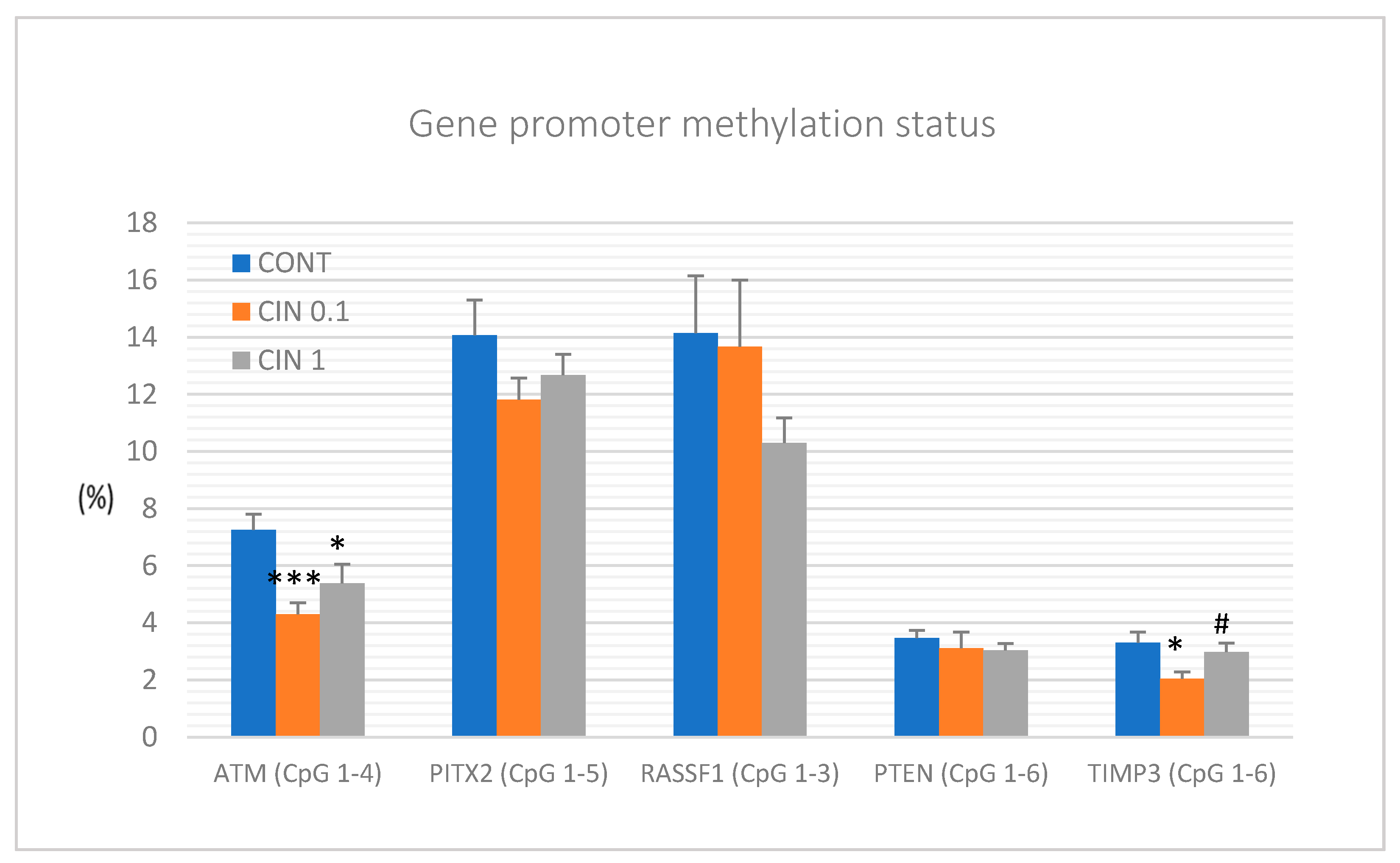- Quick Photos For Google 1 1 6 Bible Verse
- Quick Photos For Google 1 1 6 As An Improper Fraction
- Quickphotos For Google 1 1 6th
6 hours ago See the latest updates, context, and perspectives about this story. QuickPhotos for Google 1.1.6 – Upload, view and download photos on Google cloud. Mac AppStore Photography QuickPhotos for Google. QuickPhotos for Google is a Mac application from where users can upload, view and download photos on Google cloud. EALToolkit.ppt - docs.google.com.

We are a professional boutique photography & video production company offering Cinematic Video and Modern Dynamic Photography, with over 25 years of combined experience in the UAE.
Our team is dedicated to bringing you a product that you are proud of, showcasing your company or event to the to the very highest standards. Our commitment and passion to each individual project means that you receive a personal and efficient service from start to finish
Our Team
- With a team of dedicated Photographers showcasing many years of experience within the industry here in the UAE, we are able to provide photographic coverage for any event that you require
- We are able to offer the very highest quality of video using the very best equipment on the market today. Whether it be for your company corporate video or high-profile event.
- With years of combined experience in portrait photography, we have a ‘special knack' of bringing out the best in you and your little ones, capturing those special moments that you can treasure forever.
- We have a dedicated team ready to capture your event. Whether it be a small intimate gathering or a high-profile event we have got you covered. Take a look at our events portfolio, and give us a call to find out more about what we can offer.
About a month ago, Andrew Stadel sent me the following set of dot images and asked for thoughts:
Of course, being accustomed to doing Quick Images through Investigations, my first thoughts were around what this would look like as a sequence of images. I sent him this reply:
'Are you thinking of these being shown one after the other….like image, discuss how many and how you saw it, next image, discuss how many and how you saw it, next image…etc? Or are you thinking of using them as stand alone dot images? I am not even sure if that impacts my thinking around the purpose, but here are my initial thoughts (but I do want to think about this a bit more…) '
Now, while I am used to Quick Images, they do not have these yellow and red counters that the students use a lot in the younger grades. That made my begin to split my thoughts into how I may use them for 3-5 versus K-2. So, my thoughts to Andrew continued like this….
- How they think about the red vs yellow (the two colors, it screams distributive to me).
- If they create an array and subtract out missing, visually move the dots to create a 'nicer' image, or if they build in parts.
- How the recordings connect…I typically ask 'Where is ___ in ___?' For example in the second image a student could see 2 x 4 +1=9 while another could see 4 + 5 =9 so where is 4+ 5 in 2 x 4 + 1? Well if we decompose that 5 into 4+1, we have 4+4+1 = 2x 4+1 ….Those conversations are probably my favorite with this stuff!
K-2 I am still really learning a lot about and full disclaimer, in my purposes with them, I typically lean toward making connections to 10 (100 for 2nd) and comparisons. If my purpose was to see how they see the dots, recreating the image, and counting this progression would be perfect…especially that last one!! Renamer 5 2 2 – rename files in batches.
Quick Photos For Google 1 1 6 Bible Verse

We are a professional boutique photography & video production company offering Cinematic Video and Modern Dynamic Photography, with over 25 years of combined experience in the UAE.
Our team is dedicated to bringing you a product that you are proud of, showcasing your company or event to the to the very highest standards. Our commitment and passion to each individual project means that you receive a personal and efficient service from start to finish
Our Team
- With a team of dedicated Photographers showcasing many years of experience within the industry here in the UAE, we are able to provide photographic coverage for any event that you require
- We are able to offer the very highest quality of video using the very best equipment on the market today. Whether it be for your company corporate video or high-profile event.
- With years of combined experience in portrait photography, we have a ‘special knack' of bringing out the best in you and your little ones, capturing those special moments that you can treasure forever.
- We have a dedicated team ready to capture your event. Whether it be a small intimate gathering or a high-profile event we have got you covered. Take a look at our events portfolio, and give us a call to find out more about what we can offer.
About a month ago, Andrew Stadel sent me the following set of dot images and asked for thoughts:
Of course, being accustomed to doing Quick Images through Investigations, my first thoughts were around what this would look like as a sequence of images. I sent him this reply:
'Are you thinking of these being shown one after the other….like image, discuss how many and how you saw it, next image, discuss how many and how you saw it, next image…etc? Or are you thinking of using them as stand alone dot images? I am not even sure if that impacts my thinking around the purpose, but here are my initial thoughts (but I do want to think about this a bit more…) '
Now, while I am used to Quick Images, they do not have these yellow and red counters that the students use a lot in the younger grades. That made my begin to split my thoughts into how I may use them for 3-5 versus K-2. So, my thoughts to Andrew continued like this….
- How they think about the red vs yellow (the two colors, it screams distributive to me).
- If they create an array and subtract out missing, visually move the dots to create a 'nicer' image, or if they build in parts.
- How the recordings connect…I typically ask 'Where is ___ in ___?' For example in the second image a student could see 2 x 4 +1=9 while another could see 4 + 5 =9 so where is 4+ 5 in 2 x 4 + 1? Well if we decompose that 5 into 4+1, we have 4+4+1 = 2x 4+1 ….Those conversations are probably my favorite with this stuff!
K-2 I am still really learning a lot about and full disclaimer, in my purposes with them, I typically lean toward making connections to 10 (100 for 2nd) and comparisons. If my purpose was to see how they see the dots, recreating the image, and counting this progression would be perfect…especially that last one!! Renamer 5 2 2 – rename files in batches.
Quick Photos For Google 1 1 6 Bible Verse
After chatting with Elham, Graham, and Andrew, it was interesting to see the different ways we each looked at the images. (Joe Schwartz conveyed his thoughts to Graham, so I was able to hear those as well) There were distinct differences of when the color of the dot mattered to each of us and when it didn't as well as a difference of how we arranged the dots to make them easier to count.
These were the things that jumped out at me when I counted each one…
Image 1: Color of the dots mattered. I saw red and yellow, 4+5=9. The arrangement made no difference to me.
Image 2: Color was irrelevant to me. I squished it together to make is a 3 x4 array with one missing. Arrangement mattered here and I built up to the total.
Image 3: Again, color irrelevant to me. Copyless 1 8 11. I saw the array and subtracted out the missing parts.
Image 4: I didn't know what to do with but the colors played an important way in which I saw the total. Cinema grade pro 1 1 3. I needed to have those reds to easily see how many missing dots I had to subtract out from my total. So in this one arrangement and color both mattered.
Quick Photos For Google 1 1 6 As An Improper Fraction
Now, in planning to use this with a third grade class who have not officially started their unit on multiplication and arrays, I was curious most about how they would approach the 3rd and 4th image. Because I wanted to push them to be thinking about combining without having to count by ones, I decided to do them as quick images where I flashed the image for about 3-5 seconds and then covered it back up. I did that twice before taking any answers. In the 3rd image, I wanted to see if the colors of the counters made any difference to them or the arrangement was more important. How did they see the dots and how did they combine and then talk about the way they combined?
The 4th image, I will be honest, I didn't know what to do with it at first. I knew I couldn't spend the entire class period with it up there because it was a part of a number talk that I wanted to take about 15 minutes. I had to think about what I really wanted to see the students thinking about when looking at the image. Four things came to mind…
- Could they come up with an estimate after one flash of the image or two?
- What did they look for when given two flashes of the image. Were they counting rows and columns like the work they would soon be doing in the array work of the multiplication unit?
- What did they look for on the second flash? Were they looking for the missing pieces first or second?
- Could the students be metacognitive to think about what they were doing each time the image flashed and understand how they counted each time?
I had the chance to go into the classroom, do the Quick Images and film it! Because of time and length of this post already, I am going to leave you with this planning stage and post what I saw tomorrow!
In the meantime, you can play around with what you think 3rd graders would do with these images OR suggest other ways we could use them at various grade levels!
Quickphotos For Google 1 1 6th
To be continued….

